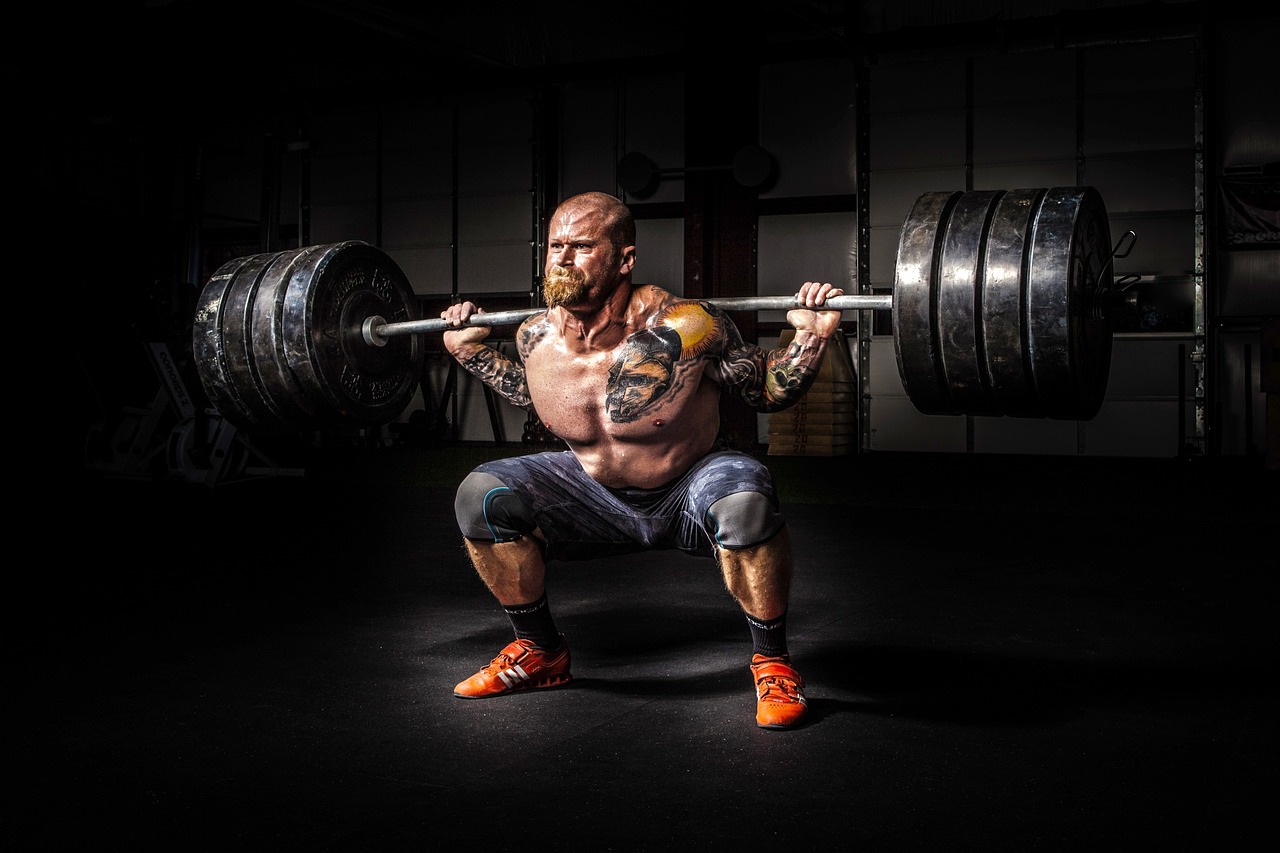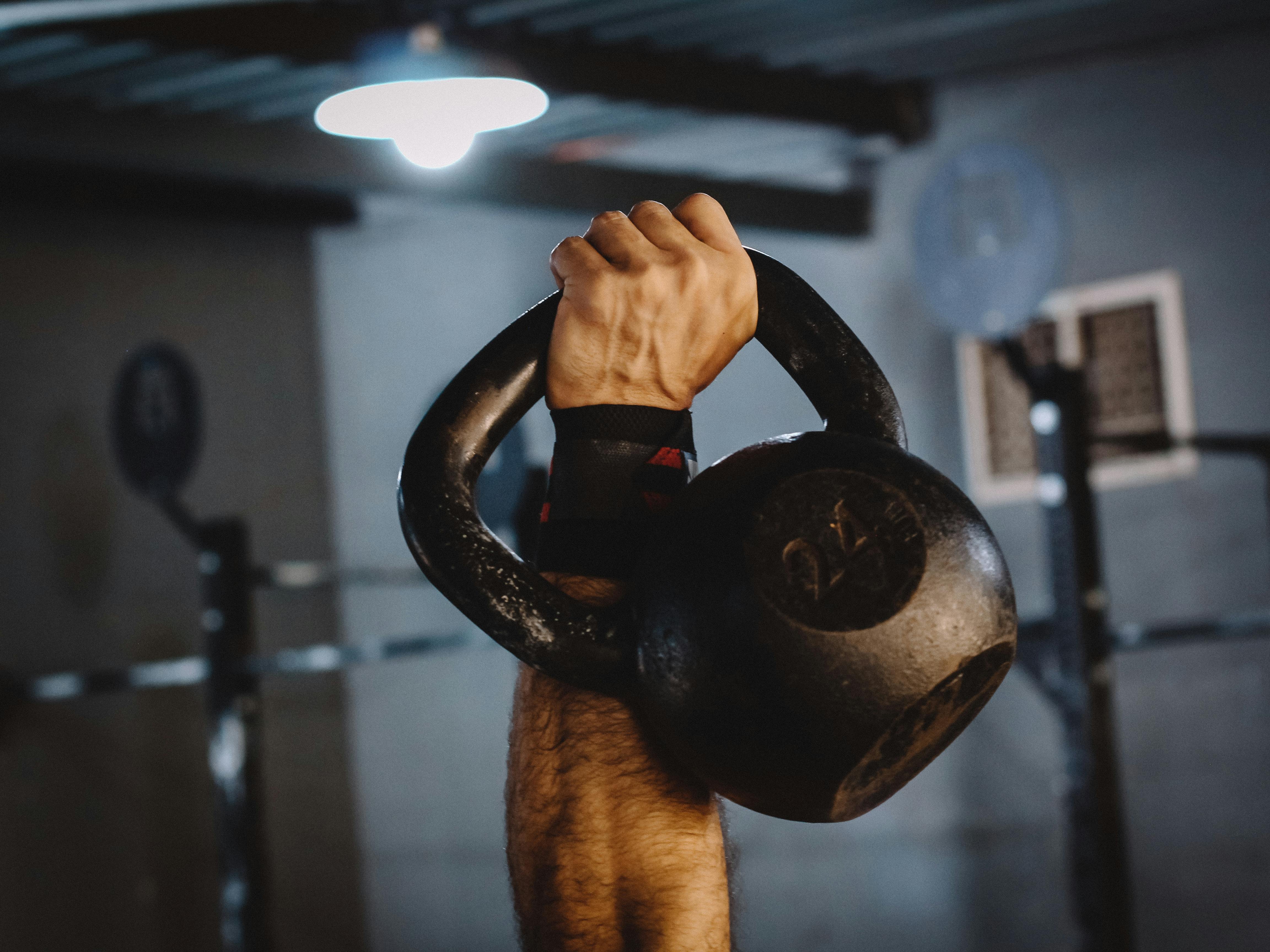There has been a discussion for a few years about unilateral vs. bilateral training in the strength and conditioning of athletes. Many of us have used squats, deadlifts, Romanian deadlifts, and the Olympic lifts as the basis of our strength and conditioning programs.
In recent years a concept has been proposed that athletes should be working on unilateral lifts before moving on to bilateral lifts like the squat. Examples of unilateral lifts are lunges, one-legged hip hinges, and step ups. The thinking here is that should be able to perform unilateral work before doing the bilateral lifts.
Some programs focus more on unilateral lifts, some on bilateral. The question is whether both types of program are effective. Appleby et al, in the Journal of Strength and Conditioning Research, investigated this using rugby players.
The authors studied 23 rugby players (mean age of 22 years old). Subjects were broken into a bilateral training group and a unilateral training group. The athletes were in pre-season. All subjects performed the following:
2 upper body training sessions per week
2 lower body training sessions per week
2 speed/agility sessions per week
3 rugby skill sessions per week
The difference between the groups were the lower body training sessions. One group performed the back squat, one performed step ups. Both groups trained glute ham raises and Romanian deadlifts as well as calf raises. In other words, the squat (bilateral) or the step up (unilateral) was the only difference between the groups.
Subjects trained for 12 weeks on a periodized program. Both groups did the same set/rep/intensity scheme for all exercises.
Results:
- The data is presented in a figure, so we have to
extrapolate the results. Based upon
looking at the figure:
- The bilateral group made the greatest gains on the back squat, approximately 18%. The unilateral group increased their back squat 1RM by about 12%.
- The unilateral group increased their step up by about 11% as did the bilateral group.
- The authors provide effect sizes for the changes
in strength of both groups:
- The bilateral group had an effect size of almost 0.7 over the course of the study for increasing back squat 1-RM, this group’s step up effect size was a little more than 0.25.
- The unilateral group had an effect size of almost 0.4 for increasing their back squat. This group had an effect size of almost 0.75 for increasing their step-up 1-RM.
From looking at the results we really cannot tell anything due to how they are presented. It looks like the bilateral group made better gains on the back squat than the unilateral group, which you would expect. It looks like both groups made similar gains on the step up, which one would not expect.
The authors do report the effect sizes for the increases in strength. In statistic an effect size is the difference between the two means divided by the standard deviation. Based on these, the bilateral group had a larger effect size on bilateral strength increases. The unilateral group had a larger effect size on unilateral strength increases.
So there are a few interesting thoughts with this study. First, if we go by effect sizes then specificity applies. In other words, the group that trained with the back squat made the greatest gains on the back squat and the group that trained on the step up made the greatest gains on the step up. Second, if we go by the results reported in the figure the actual increases are unclear and it appears that both groups made similar increases in step up strength.
Here’s the important question for sports. Does unilateral strength training increase bilateral strength? Yes, but not as effectively as bilateral strength training. So, this goes back to the nature of the sport. If an athlete is getting in stance and then driving into another athlete, then they are going to need bilateral strength. On the other hand, if only one leg is in contact with the ground at a time or if the athlete levers off one leg, then unilateral strength is going to be important.
Appleby, B.B., Cormack, S.J., and Newton, R.U. (2019). Specificity and transfer of lower body strength: Influence of bilateral and unilateral lower-body resistance training. Journal of Strength and Conditioning Research, 33(2), 318-326.


